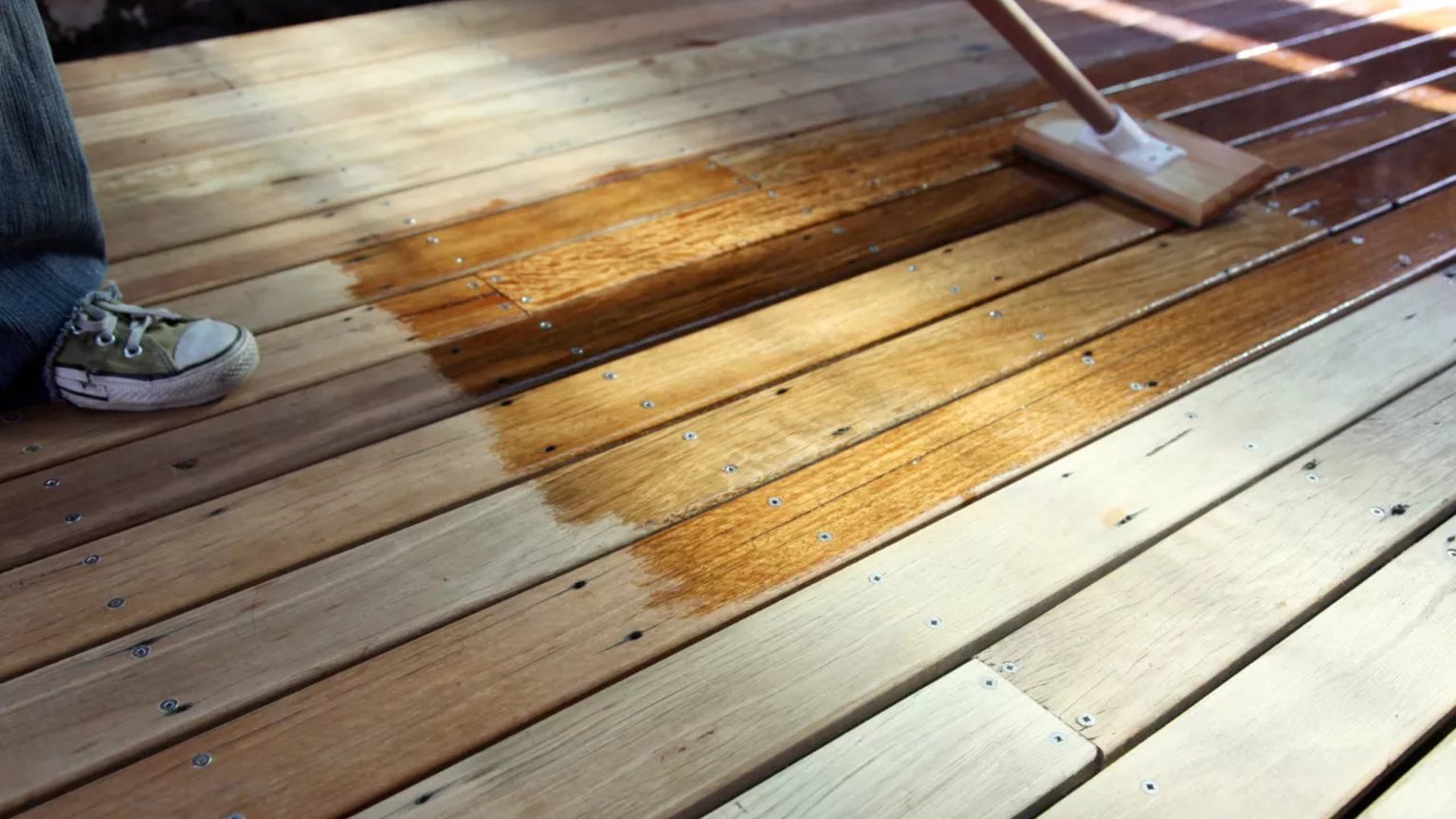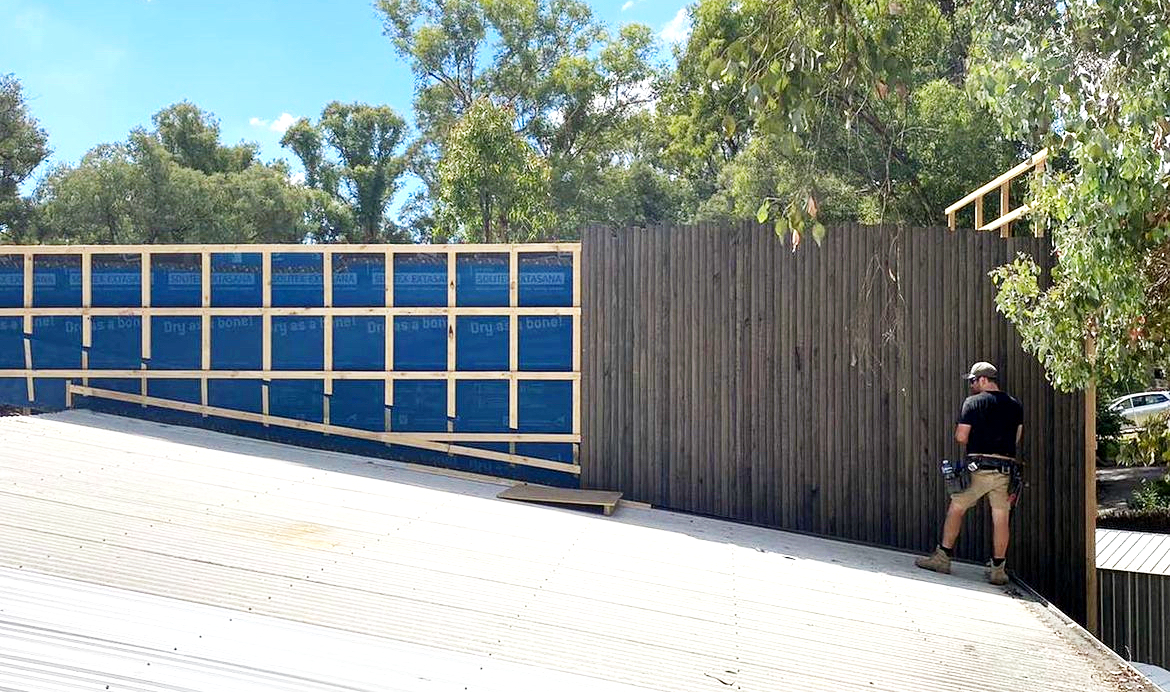

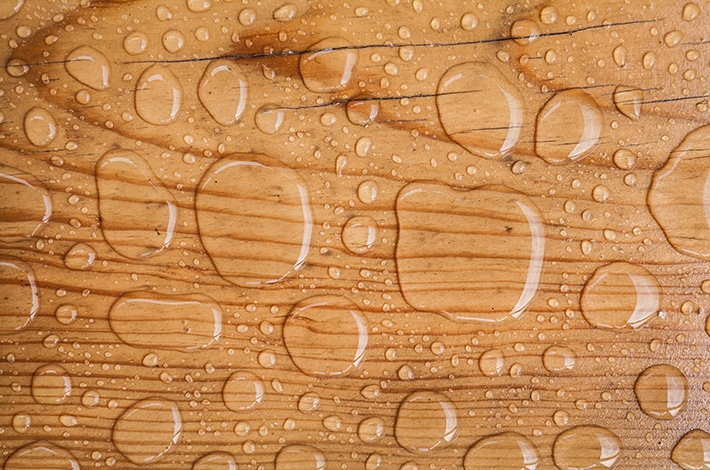
Moisture Control Guidance
When using
any building material, an understanding of its performance in different applications
as well as the correct installation requirements is extremely important to ensure the
longevity of the project and products used. Moisture and water traps are prime
considerations for timber and something that should be addressed wherever used. Poor handling, installation or design can
cause timber products to fail and have a much shorter service life. Following some of the below tips can help
minimize these potential moisture risks for maximum durability.
Design
At the design phase, consideration to moisture risks should be a key factor to ensure maximum durability and longevity. Some key points to enhance performance and better equip timber to withstand the challenges posed by moisture and weather exposure include:-
Good ventilation –Proper ventilation helps to prevent moisture buildup within structures. Adequate airflow helps to reduce the risk of condensation and dampness which can lead to material degradation due to moisture ingress or excess swelling.
Avoidance of moisture –This goes hand in hand with good ventilation. Consideration needs to be given to discourage moisture build up, especially in vulnerable areas. Consider how rain will fall down the wall and avoid or manage any areas where excess pooling of water can occur.
Detailing to avoid traps – Attention to detail in design can help avoid places where moisture, dirt and dust can accumulate and become problematic and vulnerable to deterioration. Some areas to take extra consideration are; any obstructions on wall cladding, around doors and windows, light fittings, or balconies and decks.
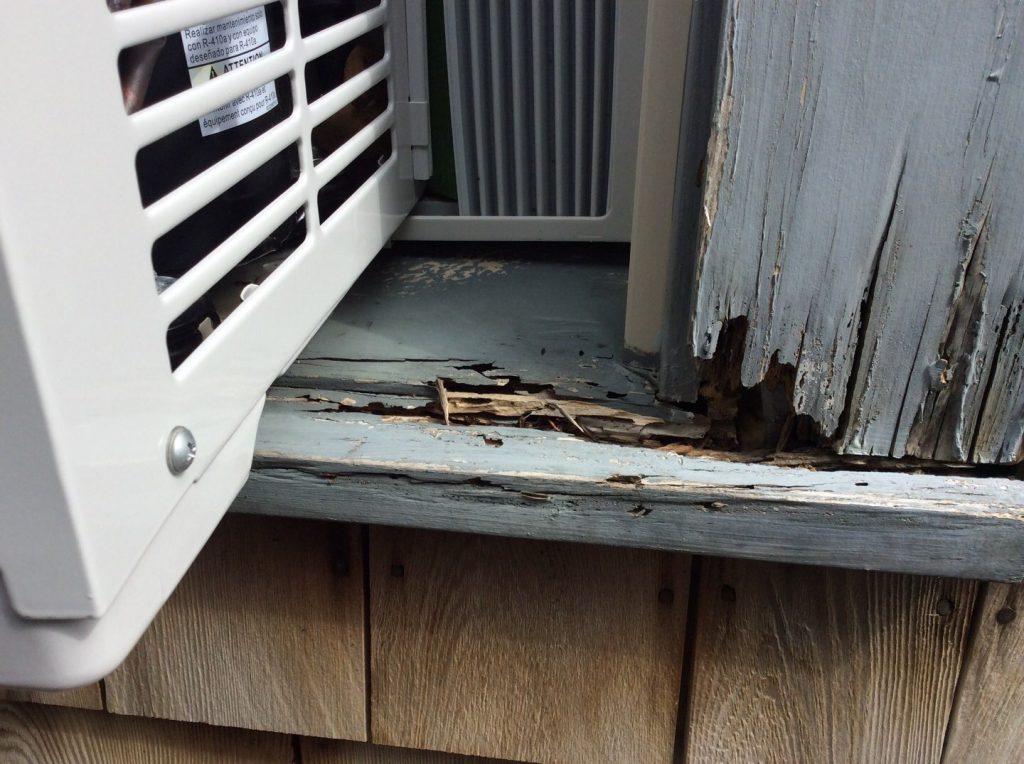
Cladding direction – The direction of cladding, particularly grooves should be considered in relation to prevailing weather. Grooves should be directed away from the weather to minimize water entry. Use materials that suit the climate and weather for example in harsh climates use timber in protected orientations.
Eaves and roof slope – Incorporating eaves provides additional protection against weather exposure. Adequate roof slope facilitates efficient water runoff, reducing changes of water pooling or seeping into vulnerable areas.
Storage
It is very important that your timber is stored correctly once delivered to site and that is stays dry at all times. Preferably store undercover on a flat dry surface and never stored horizontally. Avoid direct contact with the ground, raise at least 100-150mm off the ground. Do not use the plastic wrap as a waterproof barrier, if it cannot be stored undercover, make sure it is off the ground and under a heavy duty tarp.
Timber must be kept dry during construction. If the timber does get wet, it must be dried out prior to use to avoid installation and in service issues.
Moisture and Water Traps
Moisture is one of the main environmental factors that can cause issues with the performance of timber and possibly the premature degradation of timber performance. Moisture control elements and water traps which requires careful consideration to be given to include:-
Site drainage – Design and landscape around the building to ensure that water flows away from the structure to avoid water pooling.
Gutter systems and flashing/capping – It is essential for preventing water leaks with installing effective gutters/flashing/capping and sealants around openings such as windows, doors and joints to prevent water infiltration.The use of a rubber seal can be an effective method or a good quality sealant.
Wall cavity set up – Cavities installed behind timber cladding provide ventilation for any built up condensation on the reverse side of the timber as well as drying of excess moisture in the internal parts of the wall assembly. Wall cavities should be protected at all times.
Correct ground clearance – Exposed end grains are especially susceptible to moisture ingress. This can be avoided with the use of capping or sealant with an end grain sealant. It is recommended that bottom ends of boards do not come into ground contact and are at least 100-150mm above external ground level. Decking should have a ground clearance of 400mm to allow for optimal ventilation and performance.
Allowing expansion gaps – Timber requires some room to allow for natural movement that occurs. It is important to follow relevant installation guides with recommended expansion gaps and gap spacing of your cladding, decking and screen boards. Our timber cladding has a 5mm shadow line as a guide to correctly position the boards and act as an expansion gap. Adequate gap spacing should be left between decking boards to allow for movement, the amount of gap and movement will vary depending on the width of the board.
An example of a deck laid with not enough room for expansion.
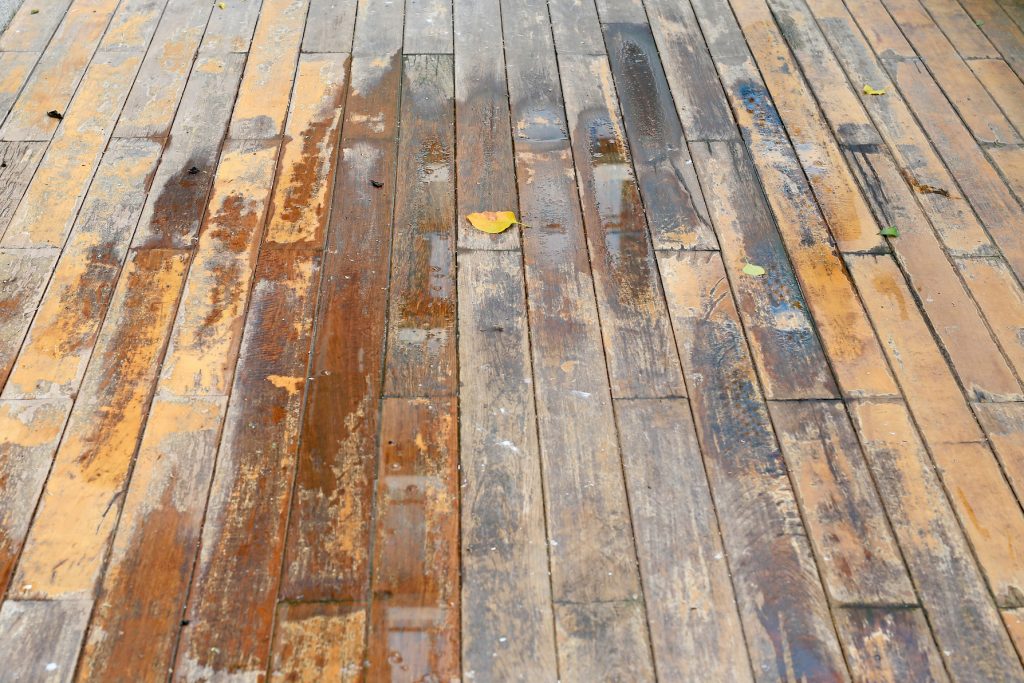
Sufficient airflow – Make sure that your deck has good ventilation underneath with at least partially open sides ensuring adequate airflow. This will need to be taken into account if you are considering the use of a decorative skirting around the outside. Avoid creating a still air environment underneath a deck as this can cause a range of issues like mould growth, decay and moisture uptake.
Coating – It is recommended to seal all four sides of your timber prior to installation to provide a protective barrier to repel and control moisture whilst the timber acclimatises in situ.
All of these elements will help prevent water pooling or getting trapped that can potentially cause a range of issues. If water is allowed to sit, it will soak in quickly. By applying these controls you can minimise the time of wetness and potential risks.
Maintenance
Regular maintenance is important for service performance of timber. Protecting timber in service by inspecting on a regular basis and cleaning to remove dirt, dust and other contaminants that accumulate over time can help minimise any degradation. Reapplying coatings when required to help maintain a protective barrier against exposure to the weather. Repairing and addressing any potential moisture related problems early on will help ensure the longevity of your timber products and protection against the harsh Australian climate.
